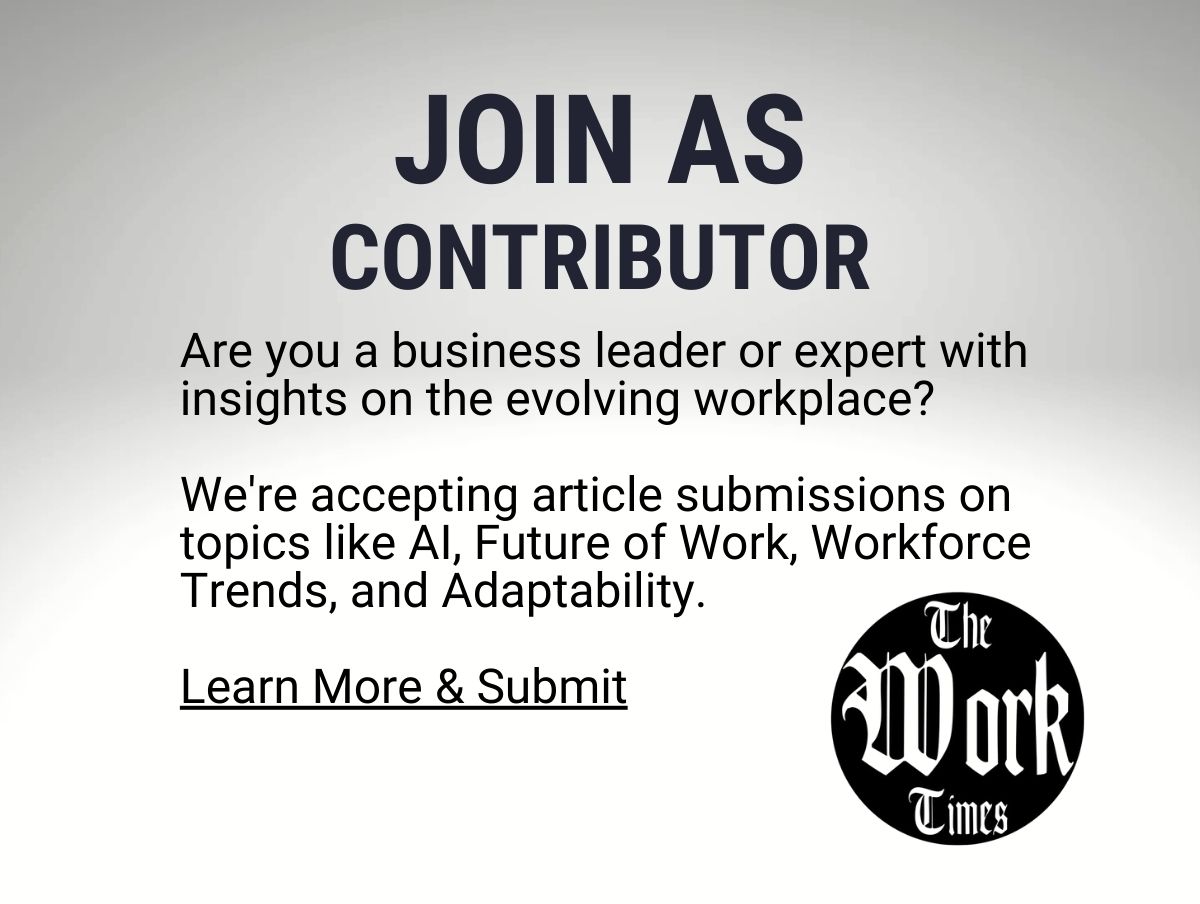It begins, as these things often do, not with a bang but with a memo — one that quietly circulates among executives, policy wonks, and press inboxes, whispering the same unsettling thought: This time might be different. Not because we’ve built smarter machines — we’ve done that before. But because the machines now whisper back. They write emails, draft contracts, suggest diagnoses, even crack jokes. And suddenly, in conference rooms and coding boot camps alike, a quiet panic takes hold: If this is what AI can do now, what will be left for us? Not just for the CEOs or software architects — they’ll adjust. But for the interns, the analysts, the recent grads staring at screens and wondering if the ladder they just started to climb still has any rungs.
Part 1: The Ghost in the Cubicle: Parsing the Panic Around AI and the “White-Collar Bloodbath”
On a recent spring morning, as the tech world hummed with announcements and algorithmic triumphs, Dario Amodei, the CEO of Anthropic, took a seat across from two Axios reporters and did something increasingly rare in Silicon Valley: he broke the fourth wall.
“AI,” he said, in the tone of a man half-confessing, half-witnessing a crime scene, “could wipe out half of all entry-level white-collar jobs.” Not might. Not someday. Could. Soon.
The statement, both clinical and cataclysmic, landed with the air of an elegy, not for jobs per se, but for the familiar pathways that had once defined the American promise of upward mobility.
And so began the latest act in a growing theater of techno-anxiety — this time set not in rusting factory towns or the backrooms of call centers, but in the beige cubicles and Slack channels of corporate America, where young professionals, interns, and newly-minted MBAs quietly type, click, and “circle back.”
The Anatomy of a Narrative
The Axios piece that followed was breathless, precise, and, in its own way, a kind of modern psalm: AI as savior, AI as destroyer. The article is dense with implications — that white-collar work is not merely in transition, but in terminal decline; that governments are sleepwalking through a revolution; that AI companies, while issuing warnings, are also arming the revolutionaries.
And yet, like any apocalyptic prophecy, the contours are hazy. The numbers are projections, the consequences sketched in hypotheticals. The tone is almost cinematic. Think less policy brief, more Black Mirror script.
But beneath the drama lies a set of real, unresolved tensions. What is work, and what is its value when intelligence becomes ambient? What happens to experience when the ladder’s first rung disappears? And who, in the end, profits from a world of ambient intellect and ambient unemployment?
The Disruption Delusion
The fear is not entirely unfounded. AI, particularly the agentic kind — models that not only answer but act — is advancing at a pace that makes regulatory and cultural adaptation look like a jog behind a race car.
Already, startups are building digital employees: customer service reps who never call in sick, junior analysts who ingest gigabytes of earnings calls in minutes, assistants who do in ten seconds what a college intern might take three hours to format.
If you are a 22-year-old with a liberal arts degree, a Gmail tab open, and a calendar full of coffee chats, the existential dread might be understandable.
But what the Axios piece presents with theatrical urgency is, in fact, a well-rehearsed tale. We’ve been here before — just not with code and machine learning, but with cotton gins and carburetors. Every generation has its ghosts in the machine. We survive, often by changing.
What the Article Misses
There is a seduction in this narrative of doom. It is clean. It is dramatic. But it is incomplete.
The piece collapses complexity into inevitability. It assumes that businesses will automate simply because they can. It imagines workers as passive victims, not adaptive agents. It forgets that technology rarely replaces jobs one-to-one — it reshapes them.
More crucially, it overlooks a more nuanced truth: that most entry-level jobs are not about the work alone. They are about socialization into systems — learning to navigate ambiguity, politics, persuasion, and, yes, PowerPoint. A bot might be able to summarize a legal brief, but it cannot learn, by failing publicly, how to recover in a client meeting. Growth, as any manager knows, is rarely efficient.
AI Will Replace What Deserves to Be Replaced
What the article does not admit — perhaps because it would ruin the punch — is that much of what AI threatens to automate should never have been dignified as a “job” to begin with. A generation of workers was asked to prove their worth by spending three years formatting Excel tables and taking meeting notes. If AI takes that away, good riddance.
The opportunity, if we’re bold enough to take it, is to elevate entry-level work — to ask more of young professionals than process-following and mindless mimicry. That will require not just new tools, but new philosophies of work, learning, and what we owe each other in an age of ambient capability.
Part 2: History’s Ghosts and Technological Prophecies That Never Quite Came True
There’s a photograph from 1930s London that has lived many lives online. In it, a man selling matches and shoelaces stands under a billboard that reads: “Greatest Mechanical Wonder of the Age! The Robot That Thinks.” His head is bowed, his suit too large, his posture unmistakably human, slouched in anticipation of obsolescence.
He was not the first to face this dread. Nor, as it turns out, was he right.
Every few decades, a specter visits the world of work — a new machine, a new algorithm, a new way of replacing the slow and fleshy limitations of human labor with something more efficient, more tireless, more… metal. And each time, we’re told the same story: This is it. The end. The jobs are gone. The future is automated.
The Fear that Fueled a Century
In 1589, William Lee invented the knitting frame — a device so efficient it terrified Queen Elizabeth I. She denied him a patent, worrying that it would “bring to nothing the employment of poor women.” The frame eventually spread. Women found new work. Clothing became cheaper. The economy expanded.
In 1811, the Luddites, skilled textile workers in England, famously smashed the mechanical looms that threatened their craft. They were not anti-technology; they were protesting being replaced without a social contract. They lost, of course — but the world did not collapse. It recalibrated.
Fast-forward to 1960. A New York Times editorial warned that the “electronic brain” — a.k.a. the computer — would create a class of “mental unemployed.” In the 1980s, it was robotics that were supposed to wipe out factory work. Then the internet was going to kill travel agents, cashiers, and newspapers. (Okay, one out of three.)
Each of these transitions did cause real pain. Communities were hollowed out. Skills became irrelevant. But they also opened doors: new industries, new tools, new forms of work. The paradox is perennial — we overestimate the destruction and underestimate the reinvention.
The Myth of the Clean Break
History rarely unfolds in binary switches — on or off, employed or replaced. Instead, it stutters. It adapts. And often, what seems like the end of one thing becomes the awkward beginning of something else.
In the late 1800s, as railroads spread across America, blacksmiths and stablehands feared for their livelihoods. They were right — but only partially. Many became machinists. Some turned to automotive repair. Others, newly freed from the maintenance of horses, pursued jobs in the burgeoning logistics and hospitality sectors created by mobility itself.
In 1990, when ATMs arrived, the prophecy was swift: bank tellers would vanish. What happened? The number of tellers actually increased — banks, now saving on basic transactions, opened more branches and hired humans to do what humans do best: trust-building, problem-solving, nuance.
The lesson is not that technology is harmless. It’s that it rarely replaces people — it replaces tasks. And when we reimagine the tasks, we reimagine the people doing them.
But This Time Is Different… Or Is It?
Every technological leap claims uniqueness. This one, say the Amodeis of the world, is exponential. AI doesn’t just automate — it reasons. It doesn’t just perform; it improves. The slope, they warn, is steeper now. The line moves from incremental to vertical.
Perhaps. But even here, we find ourselves haunted by older echoes. In 1933, economist John Maynard Keynes coined the term “technological unemployment,” foreseeing a future where machines would free humans from drudgery and create a “new disease.” That disease? Leisure.
Keynes believed we’d all be working 15-hour weeks by now. What he missed wasn’t the technology — it was the culture. We didn’t work less. We just kept inventing new ways to feel indispensable.
So yes, AI may be fast. It may be astonishing. But it still enters a world built on human rhythm, human governance, and human need. Its impact will not be determined solely by its capability — but by our collective choice of what to preserve, what to automate, and what to reinvent.
Part 3: The Future Was Always Human — Reclaiming Meaning in the Age of Machines
In his quiet moments, Viktor Frankl — the Austrian neurologist, psychiatrist, and Holocaust survivor — would remind the world that the search for meaning is the deepest human drive. Not pleasure. Not profit. Meaning. And if history has proven anything, it’s that humans will strive for it even in the bleakest corners of the earth — behind fences, inside spreadsheets, beneath fluorescent lights.
So it’s no surprise that today, as AI begins to hum its quiet song through the white-collar world, the great anxiety is not just about employment. It’s about estrangement — from purpose, from participation, from one another.
In Parts 1 and 2, we examined the noise and the ghosts: the fear that entry-level jobs may vanish, and the historical déjà vu of technologies that promised to end us but mostly redefined us.
Now we arrive at the heart of the matter: What kind of future do we want to belong to?
Because for all the technical marvels of generative models, there’s one thing they still can’t replicate: the human need to matter — to contribute, to be seen, to build with others.
AI Doesn’t Threaten Work. It Threatens Meaning
Strip away the job title, the paycheck, the org chart — what’s left? Collaboration. Camaraderie. The messy, maddening, irreplaceable joy of doing something together. This is what the sleek calculus of “efficiency” often forgets. AI can write the memo. But it can’t walk into a room, hold space, and help a team decide what the memo means.
The true risk of agentic AI isn’t that it completes tasks. It’s that it convinces us we don’t need each other to do the work. That collaboration is optional. That mentorship is inefficient. That career ladders can be replaced with prompts.
This, above all, must be resisted.
Don’t Restrict Access — Expand It
One of the more tragic ironies of AI discourse is that while the technology promises universal capability, its rollout has been marked by selective access. Expensive APIs. Premium subscriptions. Closed platforms.
If AI becomes yet another gatekeeping tool — used by the few to exclude the many — we will have turned a collaborative miracle into a private empire. And the cost won’t just be economic. It will be cultural.
A just future demands access. Not just to tools, but to training. Not just to platforms, but to participation. Imagine what the next generation of Worker1s — driven, ethical, community-minded — could accomplish if AI weren’t a replacement but a co-pilot. Not a barrier, but a bridge.
This is not a utopian ideal. It is a design choice.
Work as Practice, Not Just Production
In nature, creatures don’t merely survive. They sing. They gather. They build unnecessary, beautiful things — not because they have to, but because they can. Work, too, is more than productivity. It’s a way of being.
We need to return to the idea of work as practice — a space where we grow through others, not despite them. That means redesigning roles around human capability, not just output. Fostering systems that prioritize learning, curiosity, and stretch — even at the “cost” of inefficiency.
Let AI handle the efficiency. Let humans own the aspirational.
A Future Worth Striving For
None of this happens by accident. If we want a future where meaning isn’t a casualty of automation, we must design for it. That means:
- Embedding mentorship in every workflow.
- Rewarding collaboration over individual optimization.
- Creating on-ramps — not off-ramps — for new talent.
- Holding sacred the ineffable: humor, hesitation, wonder, trust.
Because when we talk about saving jobs, we’re not really talking about tasks. We’re talking about preserving the right to strive. To be part of something. To fall down the ladder and still be allowed to climb.
In the end, the question isn’t whether AI will change work. It already has. The real question — the one not answered by models or metrics — is how we choose to respond. Will we design a future that narrows access, automates meaning, and isolates contribution? Or will we build one that honors our deepest human need: to strive, to matter, to grow through each other? The tools are here. The intelligence, artificial or not, is not in doubt. What remains to be proven — and chosen — is our collective wisdom. And perhaps, in choosing to build that wisdom together, we’ll find that the future we feared was never meant to replace us, but to remind us of what only we can be.

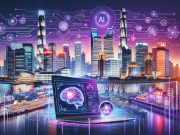
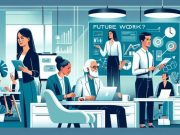

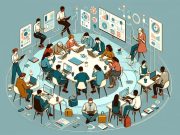






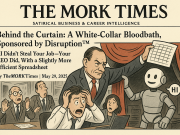


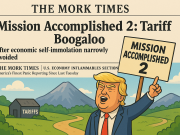
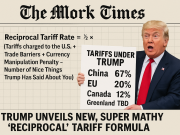
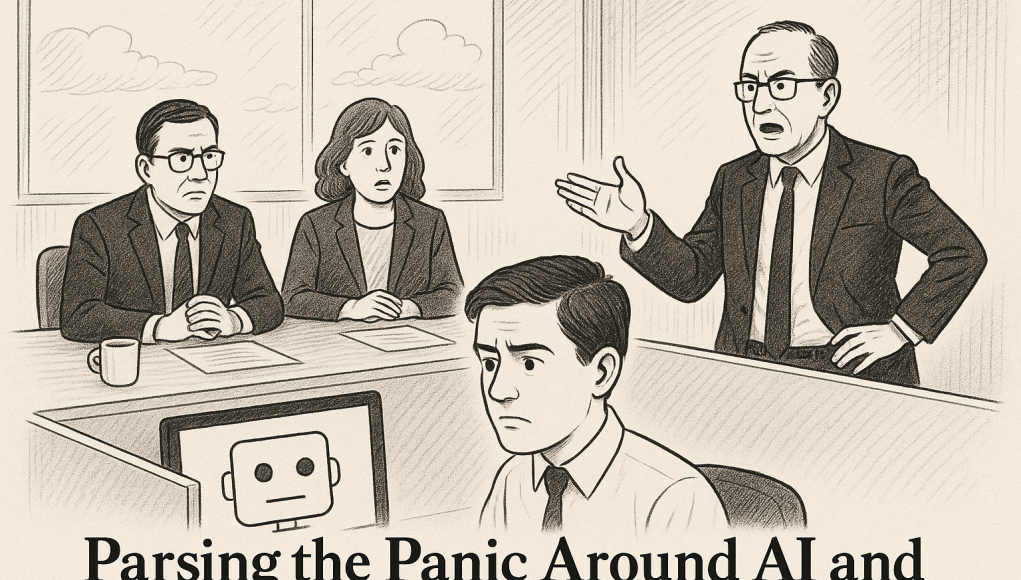
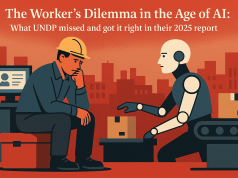

![From TAOLabs: A New, Simplified Way to Learn in the Age of Chaos [30m60h90d] From TAOLabs: A New, Simplified Way to Learn in the Age of Chaos](https://theworktimes.com/wp-content/uploads/2025/05/ChatGPT-Image-May-13-2025-01_11_22-AM-238x178.png)
